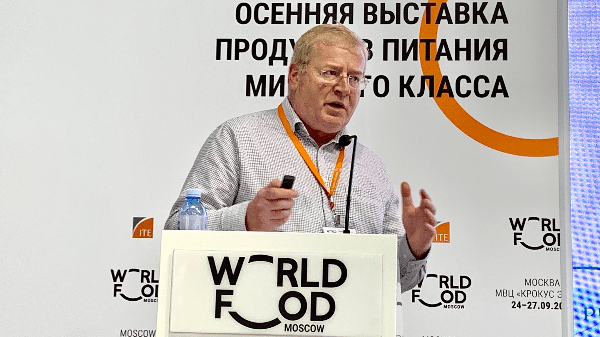In October, the United Kingdom and New Zealand agreed in principle to sign a Free Trade Agreement between the two countries.
There might be some interesting transferable lessons for the U.S. fruit sector from this – at a time when the progress in UK–U.S. free trade talks seems to have gone off the boil somewhat.
A springboard to other trade deals
Beyond the trade opportunity with New Zealand (population 5 million), the UK sees securing deals with the Oceania countries as a way of also looking to ultimately engage with the wider trade bloc, known as the Comprehensive and Progressive Agreement for Trans-Pacific Partnership (CPTPP), which is an free trade agreement among 11 countries around the Pacific Rim: Canada, Mexico, Peru, Chile, New Zealand, Australia, Brunei, Singapore, Malaysia, Vietnam and Japan.
The population base of the CPTPP is just under 500 million – in effect a “new Europe” for the UK. Well, that is what is hoped for.
The NZ apple sector
The New Zealand apple sector is highly dependent on exports and for 2020/2021, these are forecast at 345,000 tonnes. New Zealand’s apple exports are strongly diversified, with significant volumes going to Asia, the EU, the U.S. and the Middle East.
In terms of the UK, this is the second most important export market, after the rest of the EU, for the New Zealand industry, with volumes of around 40,000 tonnes in a normal year.
The UK normally imports around 450,000 tonnes of apples per annum, and New Zealand is historically the third largest supplier of imports, after France and South Africa.
The UK in recent years, has produced between 175,000 – 200,000 tonnes of fruit per annum. Overall, therefore, New Zealand has a share of the UK apple market of around 5 – 6% in total.
Full circle?
There is an irony in the latest developments in UK – NZ trade arrangements in agriculture and food. Before the UK joined the EU in the early 1970s, New Zealand and other Commonwealth countries, such as Australia and Canada, were major suppliers to the UK of meat, dairy and horticultural products.
Wind forward another 35 years and the wheel seems to have come full circle, as we re-develop the trade relations with New Zealand and Australia again, while still experiencing significant trade friction at the point of entry with many European suppliers.
The future?
New Zealand has remained, throughout this time, an important supplier to the UK and will likely to be so in the future.
Some New Zealand exporters have clearly targeted the UK market for a long period of time, and they are unlikely to go away. Others, as a result of the FTA might look again more closely at the opportunities in the UK.
And why wouldn’t they? The attraction of the Asian markets is still highly appealing, however, and to expect an additional flood of NZ fruit imports into the UK, in the short term at least, looks unlikely.
U.S. producers and exporters should keep a watchful eye on this situation as there may be interesting parallels with the development of a UK – U.S. free trade deal when this gets back on track.



